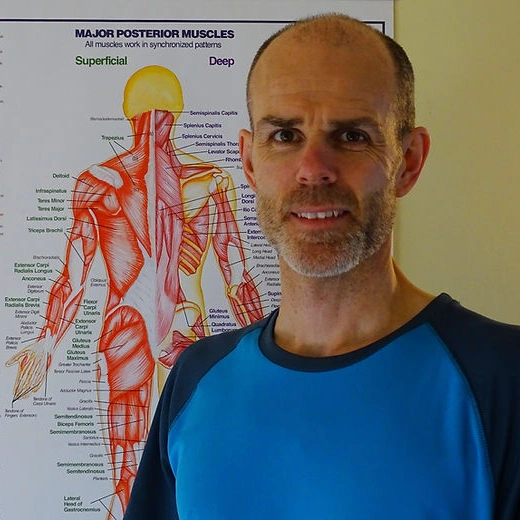Getting unwanted fat around the middle of your body? - Rule 2
- davidemsden

- May 19, 2024
- 4 min read
Updated: May 21, 2024

RULE NUMBER 2
Eat according to your bodies needs.
Simply put, when you give your body the correct balance of protein, carbohydrate, fats & oils you should not feel hungry for 3 – 4 hours or so, and your energy levels should increase.
When you give your body the incorrect balance of food you may feel bloated, heavy, tired and usually feel hungry quite soon after. You may also find that you start to crave sweet foods. It is at this point that the weight issues come into play, because your body is searching for the correct level of nutrients that it needs to function. It therefore, drives you to want to eat more, and because of a lack of knowledge, most people fill up on the same very incorrect balance of food again and so the cycle repeats. It repeats day in and day out and invites weight gain, illness and disease.
What’s the science here?
Your body has evolved over thousands of years, we’ve known that since primary school. Again, because of the bodies primary focus being survival, it rather intelligently adapts over generations to be very good at using the food that is available. Why would it adapt to digest food that it rarely ever sees?! That wouldn’t make any sense.
Now here’s the catch. In modern living, food can be imported from around the world and we have global access to pretty much every food you can think of. Great stuff I hear you say, and I would agree with you for the most part. The problem is, we have too much access for our level of understanding, and as a society, we are getting it wrong.
So, if 2 different people have fruit and yogurt for breakfast, one might feel great and the other might feel terrible. If I want to feel pretty bad, run out of energy, and over the long term invite skin issues, mental health issues, an increased risk of sports injuries and illness - that type of breakfast is going to be a quick way to it. However, serve me up some avocado, chicken thigh, a load of leafy greens and a little rice and I’m flying… the other person who does really well on yogurt and fruit will probably feel pretty sluggish.
You’ve got to get the balance right for you.
Ok, how do I get rule number 2 right?
There are 2 books that I will refer you to:
Metabolic Typing Diet by Wolcott & Fahey
How to Eat, Move & be Healthy by Paul Chek
In both of these books you will find a questionnaire that will help you to identify your metabolic type or primal pattern as Paul Chek terms it. The best way forward would be to search for the services of a ‘CHEK Practitioner’ who are trained to a high level in this area.
To give you a low down, there are 3 main types as shown in the image: Protein, Mixed and Carbohydrate type.
What next?
1. Once you have identified your metabolic type from the questionnaire in either book, look at the pie chart from the image and try to get your plate to match those portions/ratios. You don’t need to pull out a set of scales here and be perfect, this is not supposed to be a stressful thing, just get it roughly right.
2. If you want to try without the questionnaire, although I do not recommend it, you can begin adjusting from a variable type to see how you do with adjusted plate ratios. It’s a longer process and easier to get things wrong, but it is a starting point involving trial and error. You have been warned.
3. For 2-3 weeks, get a small pad and make notes of what foods you eat at each meal and ratios. Record how you feel immediately after you eat and up until the next meal.
4. When you get it right, you’ll feel the good feelings mentioned above. When you get it wrong, your body will let you know that too. So, adjust the ratios slightly and find where your body likes to be. This includes those ratios for breakfast… oh yes! We’ve been rather smartly tricked into what we should have for breakfast by lots of companies. Do you think our ancestors ate breakfast cereal covered in sugar…
5. This process will also be a good way of spotting if you are eating something that your body is currently intolerant to. If you get the ratios right, but feel bad, see if a particular food keeps cropping up. If it does, see what happens when you eliminate that food.
There’s rule number 2. Eat according to your bodies needs, and you’ve got basic information to get you started on that. It will go a long way to getting you on track. Of course, if you're serious about this then the books or a CHEK Practitioner are a must.
Rule number 3 will follow in due course.


Comments